It’s unstructured, complex and fluid – how do we begin to define hybrid, so that we might ‘design’ to it? James Calder of Calder Consultants frames the challenge.

Macpherson-Kelley by GroupGSA+Artillery. Photography by Nicole England
In the field of workplace design, we are brilliant at using terms that bamboozle the non-expert and provide the grist for countless inane newspaper articles with misleading headlines. Open plan, hot desking, activity-based working (ABW), and now agile, are all buzzwords that strike fear into the heart of office workers and do little to enlighten the workplace model they profess to describe.
Interested to hear more on hybrid working? Book your seat for ‘Hybrid working: no-man’s land or new frontier?’ at FRONT.design Forum, click here.
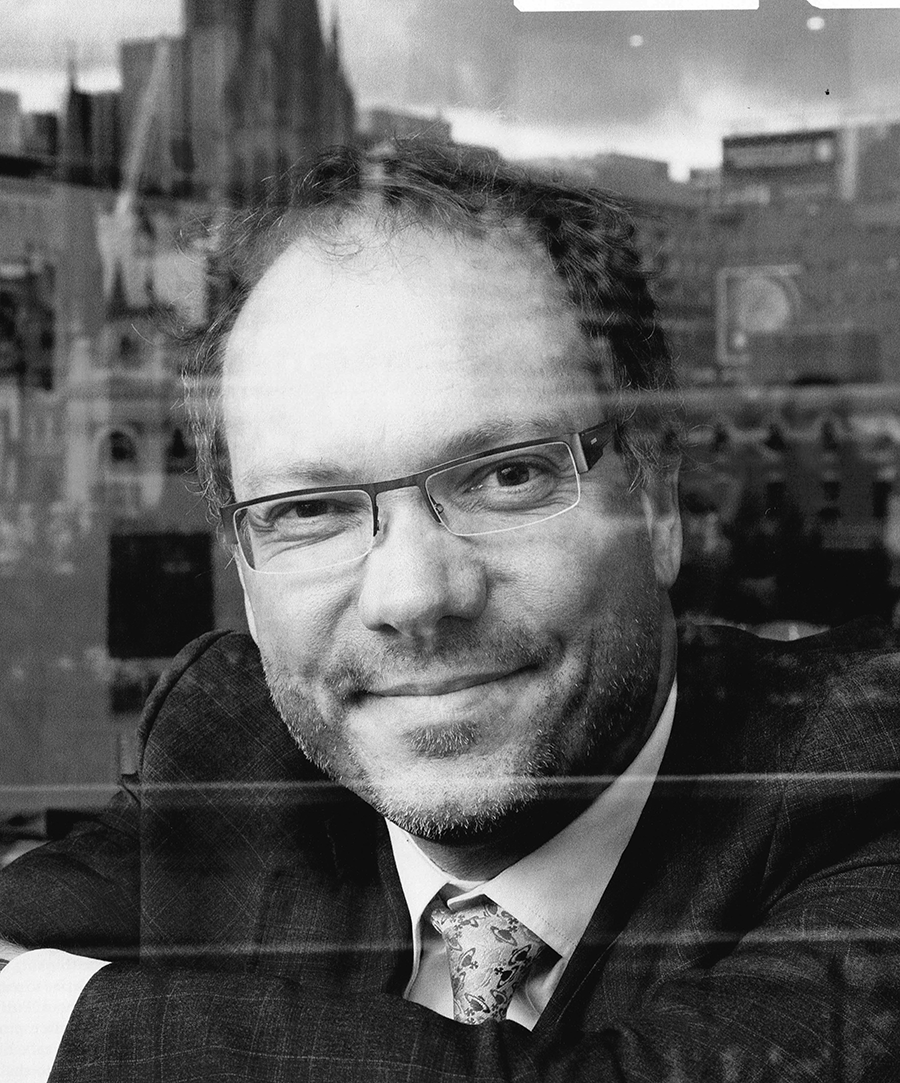
To further cause discomfort, the real estate industry is always ready to grab and over-simplify the next fad and anoint it as the new model that will change the world of work. The reality is that there are good and bad workplaces of every type and there is far more variety than these simplistic terms can begin to describe.
Over the last 30 years, we have seen five main workspace models: enclosed offices, open plan, hoteling, activity settings and agile team space. Most of the current workplace research we are undertaking highlights that it makes no sense to choose just one model and that a combination of these models often makes more sense – a hybrid workplace.

HASSEL’s design for Arup’s Melbourne office facilitates and showcases collaboration in visible spaces. It also provides different spatial choices to reflect the diversity of work and modes of collaboration. Photography by Earl Carter.
This is, of course, a disaster for organisations that have embraced ABW as the final evolution of the workplace, where the new agile processes demand small teams of six to eight people working face-to-face with an owned desk. And there are also hybrids of agile processes, with some teams working partially or completely remotely.
The hybrids naturally need to vary according to the work style and culture of the organisation. The modern legal workplace is often polarised by fully cellular or open plan models whereas a hybrid of the two may make more sense for many firms, as preferences and the slightly different work styles of the practice groups means that a homogeneous model is not optimal.
The legal workplaces based on the cellular model are now adding small pockets of open space to better let light into the corridors and provide diversity for groups that need the osmosis that occurs in a quiet, open space. There are a few lawyers in open-plan environments that would probably work better in an office where their state of flow can be protected.

GroupGSA + Artillery’s design for Melbourne-based law firm Macpherson Kelley focuses on adaptable and multifunctional workspace solutions to support both individual and collaborative work. Photography by Nicole England.
The ABW workplaces are often now having to deal with agile teams, so are becoming a hybrid of shared and owned space. Project teams now exist in most organisations so creating hybrid environments with increased flexible and reconfigurable team spaces, where teams can occupy designated space for the life of the project, is in some cases becoming business-critical. We are even beginning to see new academic workplace models emerge, where hybrid models are ideal for coping with the often extreme work styles of research (office), teaching (recording studio), administration (activity settings ranging from concentration to collaboration spaces) and touch-down spaces.
All of this additional complexity of hybrid working is demanding more people to help manage the space as it flicks from one model to another. New and more comprehensive change management and communications are required to help the users to transition and use the space to its maximum benefit.

In Arup’s Sydney office, HASSEL has created adaptable collaboration spaces that cater to a range of projects. Photography by Earl Carter.
This, of course, presents a new challenge for the workplace designer, operations manager, experience team and furniture industry. We now not only need a new range of products such as vertical surfaces and screens, but additionally a new model of arrangement as the immediacy of spaces for interactions and concentrated work becomes critical.
We also now need to have activity work settings and agile spaces side by side, with the ability to reconfigure quickly as teams change and evolve.

For the Macpherson Kelley office, James Calder was commissioned to establish a workplace strategy that highlighted critical success factors. Photography by: Nicole England.
The idea that the furniture stays put and the people move is no longer practical in the high-performance workplace, where speed is paramount.
So not only do we have the complication of hybrid workplace models, we also need to transform from one model to another in real time, with this completed by the users themselves. Plenty of opportunities to keep us busy.
James Calder is CEO and founder of Calder Consultants. James will be moderating the upcoming session ‘Hybrid working: no-man’s land or new frontier?’ at FRONT.design, 29-30 August, Barangaroo, Sydney. Register for FRONT.design first to book your seat at the FRONT.design Forum.
INDESIGN is on instagram
Follow @indesignlive
A searchable and comprehensive guide for specifying leading products and their suppliers
Keep up to date with the latest and greatest from our industry BFF's!
The new range features slabs with warm, earthy palettes that lend a sense of organic luxury to every space.

A longstanding partnership turns a historic city into a hub for emerging talent
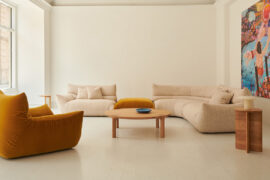
A curated exhibition in Frederiksstaden captures the spirit of Australian design

For Aidan Mawhinney, the secret ingredient to Living Edge’s success “comes down to people, product and place.” As the brand celebrates a significant 25-year milestone, it’s that commitment to authentic, sustainable design – and the people behind it all – that continues to anchor its legacy.

James Calder is renowned as a maverick in the world of workplace design and now with his new practice, Placing, he is set to shake up the establishment and carve a new path forward in how and where we work.

This chair makes flexible working easier than ever, thanks to intelligent engineering and human centred design.

INDESIGN Magazine’s 90th edition, The ‘City Futures’ Issue, is almost here! We speak with Tim Williams, cities practice lead at Grimshaw about the complex tensions our cities face in this post-pandemic, climate-critical era of globalised living.
The internet never sleeps! Here's the stuff you might have missed
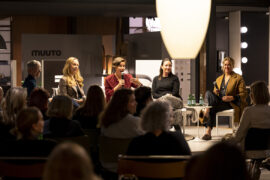
Emily Moss, Brooke Lloyd, Juliette Arent Squadrito and Alexandra Ramundi joined Alice Blackwood at Living Edge’s stunning showroom to discuss a milestone approach to design.
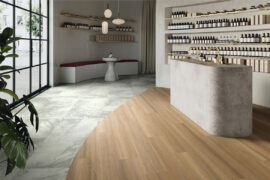
Karndean’s newly evolved Opus range brings versatility and durability to the forefront of commercial flooring. Blending design-led aesthetics with robust, high-performance functionality, it’s a go-to solution for spaces that demand both style and resilience.
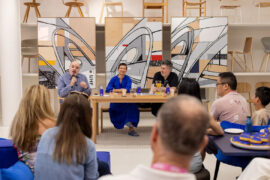
The Richmond precinct will be one of the busiest hubs of Saturday Indesign 2025, with a full program of talks, product launches, installations, hospitality and entertainment running throughout the day.
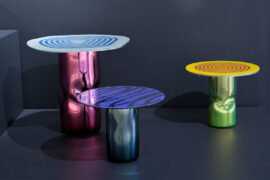
Despite its long and rich history, signwriting is a profession in decline. Will Lynes’ new show, Oily Water at Canberra Glassworks, aims to showcase the techniques of the trade to highlight its potential in design.